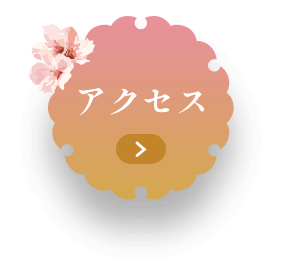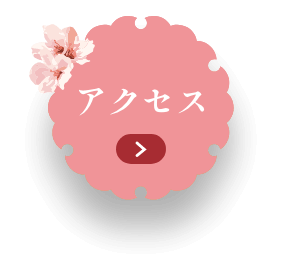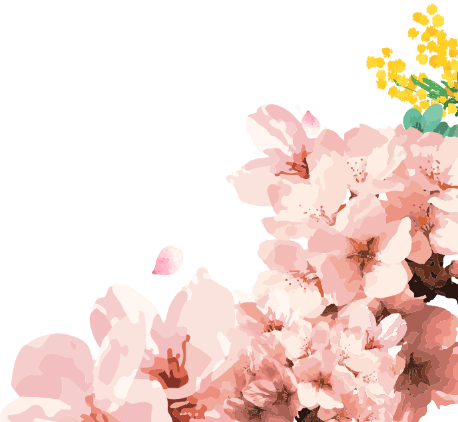2025.10.19
[観光情報]
The unknown history of Kofu eel! The tradition and charm of this beloved local specialty
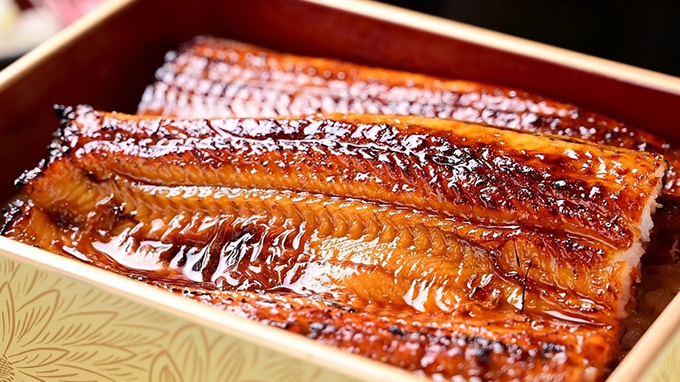
Photo: Nihon Unagi Daimon
Is it true that Kofu has an eel culture? We will explain the deep history of Kofu eel, which dates back to the Edo period, and the reasons why it is a specialty product that combines abundant water and artisanal skill. Kofu’s abundant water resources, secret sauce, and artisanal skill have nurtured eel into a special specialty. We will tell you about the charms of Kofu eel, from the legends and blessings of Harayama Shrine, which is unique in Japan and is dedicated to eels, to tips on choosing a restaurant to enjoy the best eel in Kofu.
Introduction Welcome to Kofu’s eel culture
Kofu City is the capital of Yamanashi Prefecture. Blessed with abundant nature, this area has long been a magnet for many people. In this city, eel is quietly but deeply rooted in the food culture.
Some people may be surprised to hear, “Eel in Kofu?” However, the area has a long history dating back to the Edo period and is home to traditions nurtured by the unique climate of this region.
We will introduce you to the deep history, abundant water resources, and exquisite taste that comes from the artisanal skills of Kofu’s eel, and why it has continued to be loved as a local specialty. Experience Kofu’s eel culture and take a peek into its profound world.
Unraveling the history of Kofu eel
Let’s explore how eel has come to be loved throughout Kofu’s history. The story of eel, which has been loved in this area since ancient times, is essential to gain a deeper understanding of Kofu’s food culture.
The relationship between Kofu and eels dating back to the Edo period
In the Kofu Basin, which is far from the sea, river fish have long been treasured as a valuable source of protein. In particular, the area is blessed with abundant water resources, including the Fuji River system, and it is said that there were many wild eels living there. During the Sengoku period, when this area was ruled by Takeda Shingen, eels are thought to have supported people’s lives as a nutritious food source. Eels can be found in records and legends from that time.
Kofu’s eel food culture flourished during the Edo period
Entering the Edo period, Japanese food culture developed greatly, and eel spread to the dining tables of ordinary people. Kofu flourished as a castle town, and with many people coming and going, eel dishes began to be enjoyed in a variety of forms. Around this time, techniques for grilling eel deliciously and each restaurant’s elaborate secret sauces were developed, and it is believed that the prototype of today’s kabayaki was formed. The fresh eels raised in Kofu’s rich natural environment were loved by many people and became deeply rooted as a part of the food culture.
The development of Kofu eel in modern times
It is said that there were once seven eel restaurants in Kofu towards the end of the Edo period, and as many as eight by the Meiji period. During the Meiji period, eel meals were offered for 25-30 sen, large kabayaki for 12-16 sen, and eel bowls for 5-12 sen. There are also records that show eels caught in Shizuoka Prefecture were placed alive in cages and transported to Kofu via the Nakamichi Highway.
From the Meiji period onwards, with the development of the transportation network, Kofu became a hub where an ever greater number of people came and went. During this period, not only wild eels but also aquaculture techniques that enabled a stable supply began to be introduced. Many eel specialty shops were founded in Kofu during this period, and each shop has continued to protect and refine the unique flavors and techniques that they have cultivated over the years. The efforts of these long-established shops and their ingenuity in adapting to the new era led to Kofu eels becoming a “specialty product.” Kofu eels are still loved by many people today as an important part of the history and culture of the region.
Reference/Source: Kofu City Official Website
Why has Kofu’s eel become a local specialty?
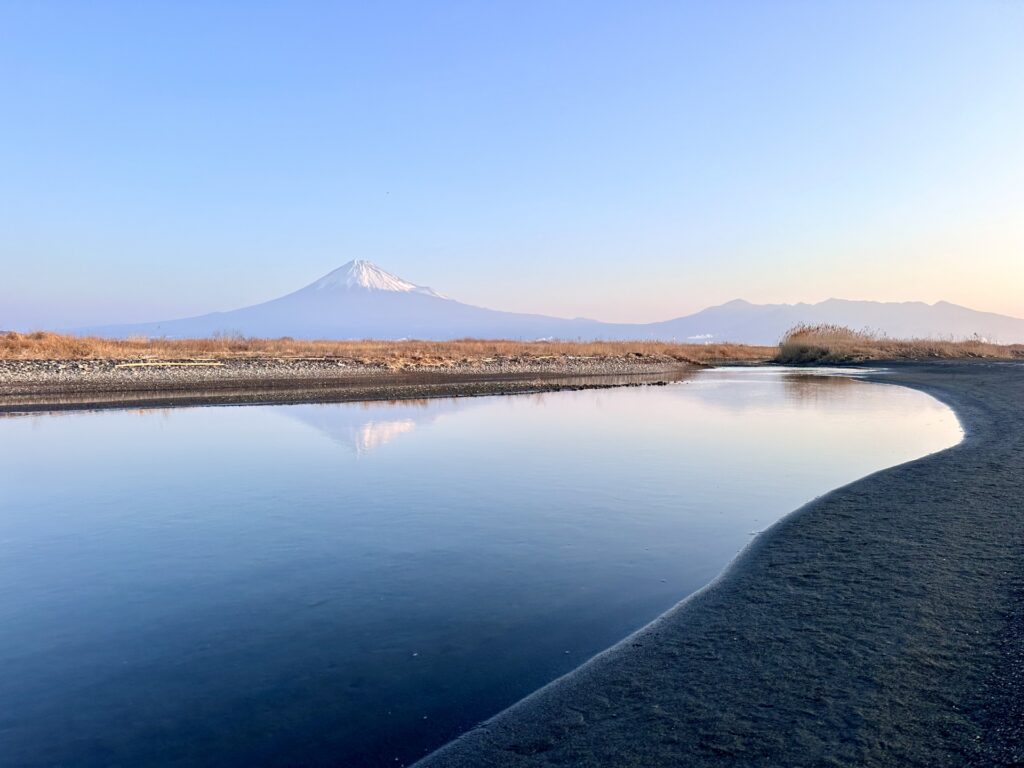
The finest eels grown in abundant water resources
The Kofu Basin is blessed with clear streams such as the Fuji River and the Fuefuki River, and an abundance of underground water flows beneath them. It is said that eels were caught in the Arakawa River, Aikawa River, Nigorikawa River, and Mitsugi River that flow through the city, and the crystal clear water is one of the important factors that make Kofu’s eel a famous product. Eels raised in clean water have firm flesh, no unnecessary odor, and their natural flavor stands out. It is as if pure water is seeping into the eel’s flesh, delivering a delicious taste.
This blessed water environment has provided the soil for the people of Kofu to develop an eel food culture since ancient times. The reason why Kofu eels are loved by so many people is that they continue to raise and serve high-quality eels while cherishing the blessings of nature.
A taste created by the secret sauce and artisanal skill
Kofu’s eel has become a local specialty not only because of its high-quality water, but also because of the combination of a secret sauce that has been passed down for many years and the skilled craftsmanship of the local artisans, creating a deep flavor that cannot be found anywhere else.
The sauce, which has been passed down from generation to generation at each restaurant, is a perfect blend of soy sauce, mirin, sugar, and other ingredients, and the flavor of the eel is infused into it, allowing it to mature into a mellow, deep flavor. By repeatedly dipping the eel in this sauce and then grilling it, the aroma and richness of the flavor slowly permeates the eel.
The skill of the chef who fillets, skewers, and grills the eel is also essential. Many restaurants use Kanto-style cooking methods, where the eel is first steamed and then grilled, resulting in a plump, soft, and melt-in-your-mouth texture. Carefully grilling the eel over binchotan charcoal creates a blissful harmony of crispy, fragrant skin and soft, fluffy inside. The chef’s meticulous attention to detail and years of experience ensure that every bite is a delight.
Kofu’s unique eel dishes and their appeal
In Kofu, you can find unique and inventive ways of eating eel that go beyond the traditional framework and are unique to the region. While bringing out the natural flavor of eel to the fullest, they offer new discoveries and delights to visitors.
The appeal of Kofu’s eel cuisine lies in the variety of ways it is served. In addition to the classic unaju and unadon, you can also enjoy the simple kabayaki and shirayaki eel dishes, allowing you to fully appreciate the high quality and skill of the chef. There are also plenty of seasonal dishes that combine local ingredients, as well as a la carte dishes that can be enjoyed with sake.
Here we will introduce the main eel dishes you can enjoy in Kofu and their characteristics.
| Dish name | Features |
|---|---|
| Unaju | This classic dish consists of plump, steamed eel covered in a secret sauce and served on top of rice. Kofu eel has exceptional flavor and goes perfectly with rice. |
| Unadon | Like unaju, this dish consists of eel marinated in sauce served on rice. It is a popular choice when you want to enjoy Kofu eel in a casual setting. |
| Shirayaki | This is eel grilled without any sauce. You can directly taste the delicate flavor of the eel and the firmness of the meat. We recommend eating it with wasabi soy sauce or salt for a refreshing taste. |
| Kimosui | This clear soup made with eel liver is served with unaju or unadon. Its rich flavor enhances the flavor of eel dishes. |
In this way, Kofu eel combines the bounty of nature, the inherited skills of artisans, and the spirit of chefs who make the most of them, and continues to be loved as a “specialty” that remains in the memories of visitors.
Reference/Source: Kofu City Official Website
Harayama Shrine, where eels are enshrined
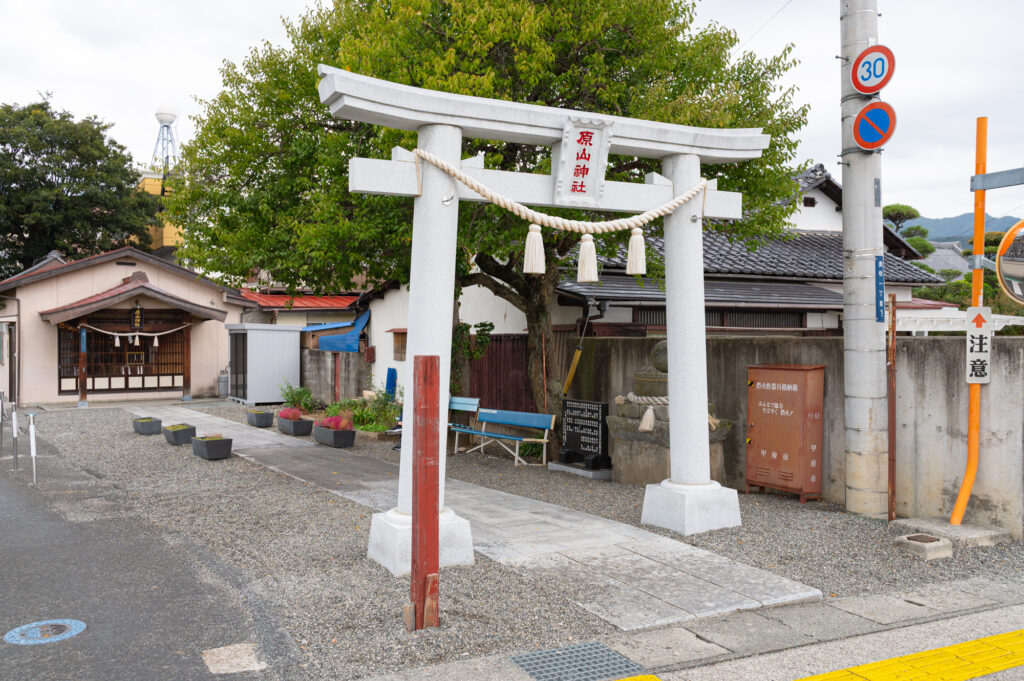
Tracing the history of eels in Kofu reveals that they are deeply connected not only to food culture but also to religious beliefs. Harayama Shrine in Kofu City is a symbol of this. This shrine is known for being unique in Japan in that it enshrines eels.
Is it rare even in Japan? The reason why eels are enshrined here
There is an ancient legend behind the enshrinement of eels at Harayama Shrine. Long ago, the Aikawa River, which flows near the shrine, frequently flooded, causing widespread epidemics. When desperate people prayed at Harayama Shrine, they were told to release three eels into the river to appease the anger of the river god. It is said that when they did so, the floods and epidemics subsided.
Based on this legend, the custom of releasing three eels into the river every August continues to this day. The eels are filled with wishes for good health, a long, slender life like an eel, and perseverance in overcoming difficulties. Based on this belief, Harayama Shrine is home to eel votive plaques and is a rare example of an eel enshrined at the shrine, even across Japan.
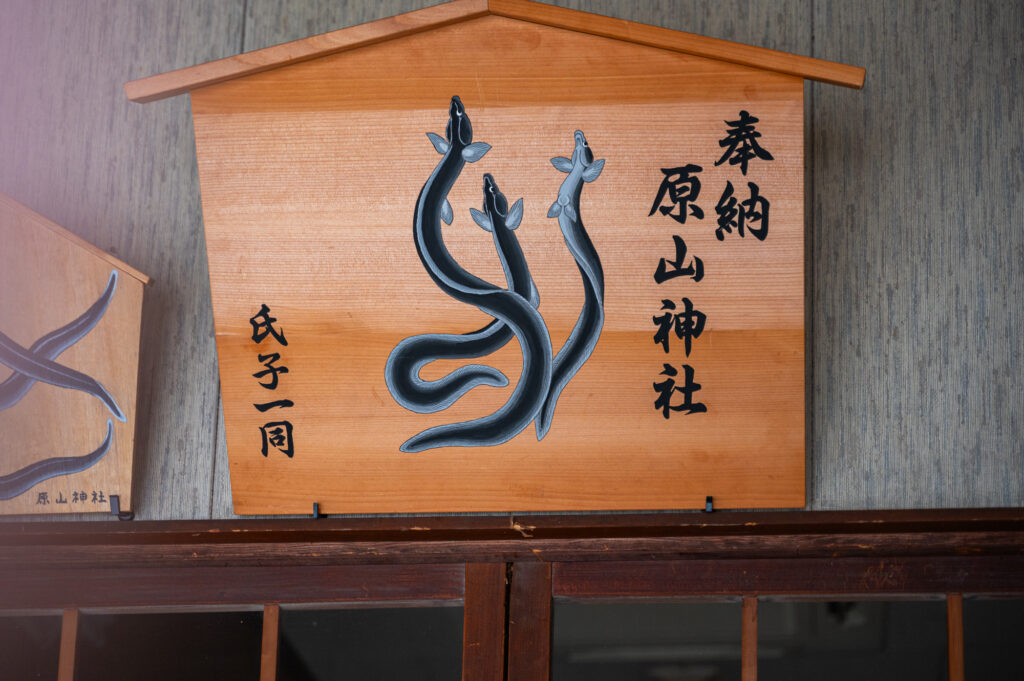
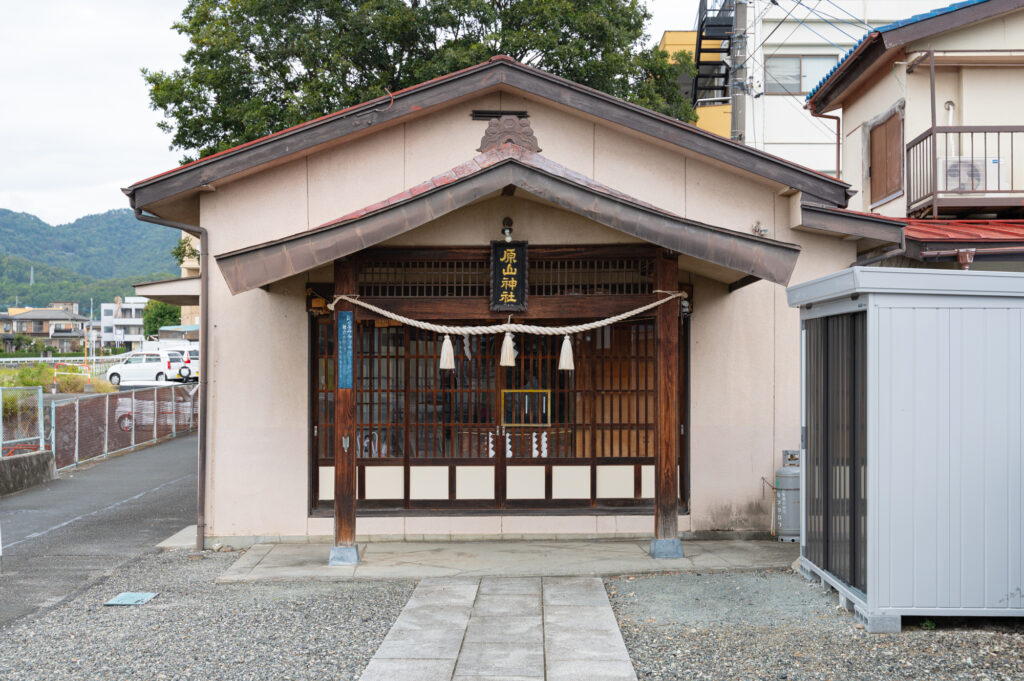
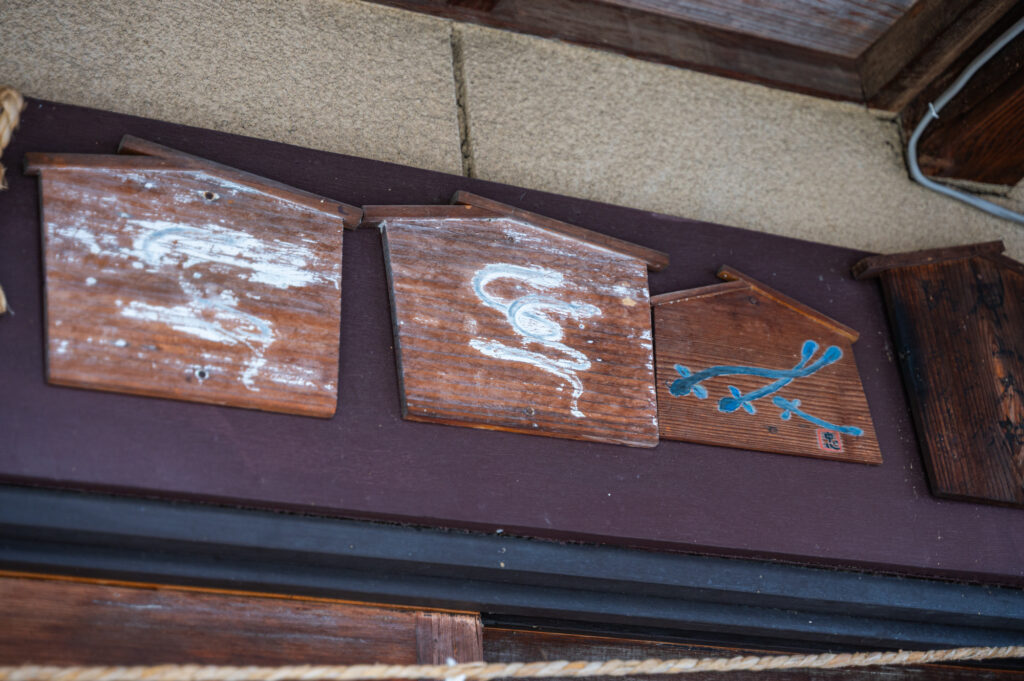
What are the benefits of Harayama Shrine?
Harayama Shrine, dedicated to eels, has long been a place of blessings for the local people. As eels are enshrined here, it is said that Harayama Shrine grants “easy childbirth like an eel” and is also known as a shrine that grants blessings for stomach ailments, as the shrine says, “You will not get sick (yama) in your stomach (hara).”
| Types of benefits | Specific details |
|---|---|
| Easy delivery | It is said that it will help you have a smooth and easy birth like an eel. |
| Healing stomach ailments | The name of the shrine is derived from “Harayama,” and it is said to prevent stomach illness. |
By visiting Harayama Shrine, you can experience the depth of Kofu’s eel culture and the local faith that it has fostered.
Reference/Source: Kofu City Official Website
Best eel restaurants in Kofu and how to choose them
If you visit Kofu, you should definitely try the eel dishes that are grown here. From the flavors of long-established restaurants that have been loved for many years to new restaurants that offer a breath of fresh air, each has its own charm. Find your favorite restaurant based on your preferences.
Traditional flavors preserved by a long-established restaurant
Kofu is home to many long-established eel restaurants that have been passed down through history. These restaurants continue to preserve the traditional flavor with secret sauces handed down from generation to generation and the reliable techniques of experienced craftsmen. The harmony of the aroma created by slowly grilling the eel over binchotan charcoal and the plump meat is truly exceptional. When you want to enjoy a leisurely meal in a calm space, the flavors of these long-established restaurants will satisfy your soul.
| Features | charm |
|---|---|
| Secret sauce | The deep, sweet and spicy flavor, developed over many years of history, will whet your appetite. |
| Skilled craftsmanship | Each skewer is carefully grilled to bring out the natural flavor of the eel to the fullest. |
| Binchotan charcoal grill | By slowly grilling it over charcoal, the skin becomes crispy and the meat becomes plump. |
| Calm atmosphere | The historic space is perfect for dining with loved ones or spending special time together. |
Introducing three recommended long-established eel restaurants in Kofu City.
Kurokomaro
Address: 1-3-13 Aonuma, Kofu City, Yamanashi Prefecture
Business Hours: 11:00-14:00 / 16:00-20:00
Closed: Mondays and Thursdays
Wakaarai
Address: 1-18-7 Chuo, Kofu City, Yamanashi Prefecture Business Hours: 11:30-14:00 (Last Order) / 17:00-20:00 (Last Order) Closed : Wednesdays
Musashiya Honten
Address: 2-16-3 Aioi, Kofu City, Yamanashi Prefecture
Business hours: 11:30-14:00 / 17:00-21:00
Closed: Sundays
A breath of fresh air at this eel restaurant in Kofu
While cherishing tradition, there are also restaurants that are breathing new life into Kofu’s eel culture. Some serve eel dishes in a modern space, while others are recommended for those who want to enjoy eel casually in a casual atmosphere. Some restaurants offer takeout, so you can enjoy the taste of Kofu eel in the comfort of your own home.
| Features | charm |
|---|---|
| Modern space | The sophisticated interior makes it a welcoming place for young people and women alike. |
| Casual atmosphere | It is easy to use for everyday use, and will increase the opportunities to enjoy eel in your daily life. |
| Take-out available | You can enjoy the taste of Kofu eel at home or take it home as a souvenir. |
Nihon Unagi Daimon, a newly opened eel restaurant in Koedo Kofu Hanakoji
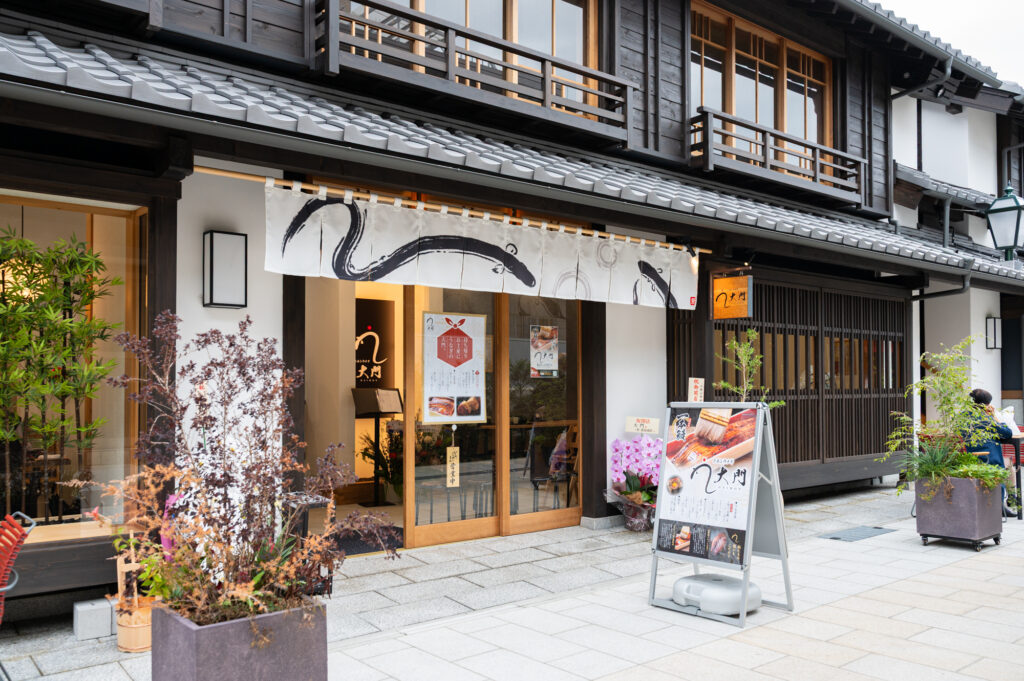
Nihon Unagi Daimon’s eel is affordable and easy to enjoy, yet the flavor is authentic. From solo diners to families, you can enjoy our carefully selected eel dishes in a calm, modern atmosphere. One popular dish is “Hitsumabushi,” which allows you to enjoy different flavors with different condiments and broth. Enjoy the deep flavor of eel to your heart’s content, tailored to your taste. In addition to dining in, we also offer takeout and catering, so you can enjoy the taste of authentic eel at home, at work gatherings, events, and more!
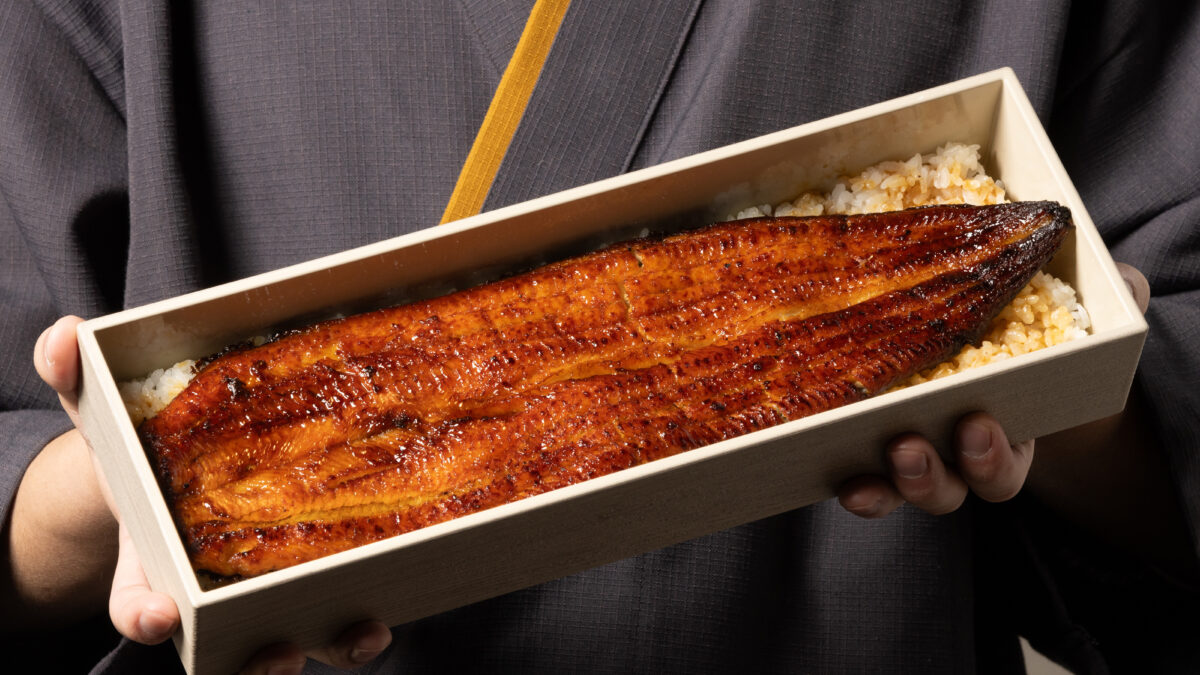
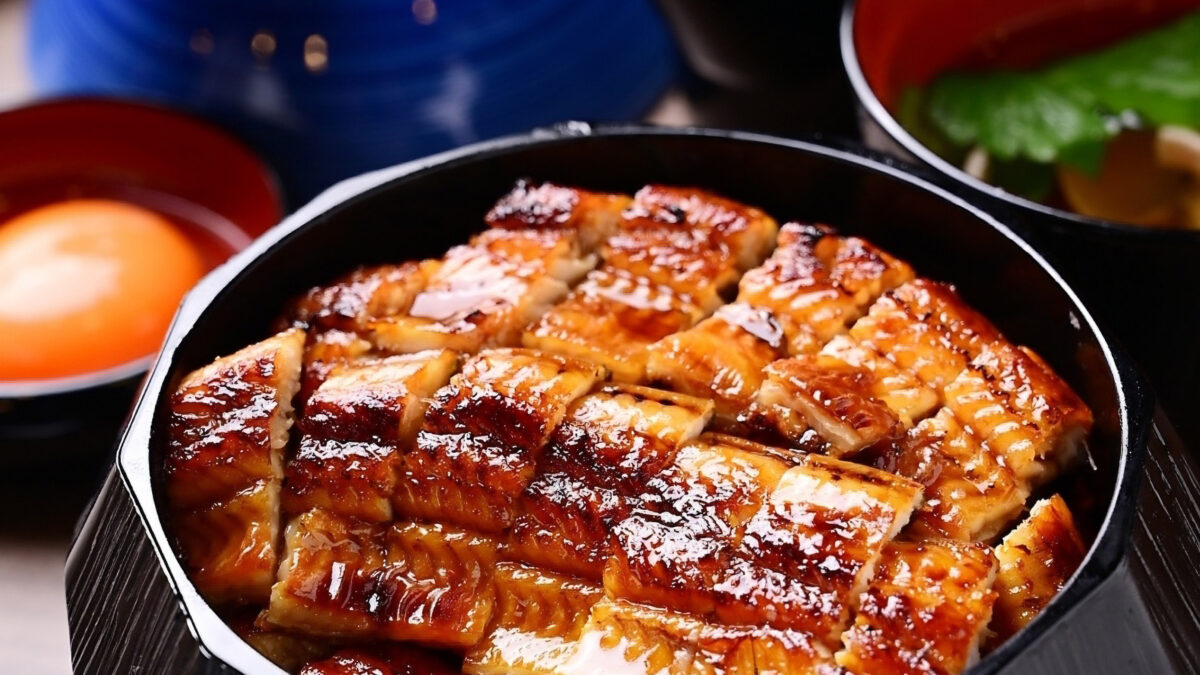
Nihon Unagi Daimon
Address: 1-10-6 Marunouchi, Kofu City
Opening hours: 10:30-14:30
Closed: Irregular
Nihon Unagi Daimon Official Instagram
Koedo Kofu Hanakoji is an area near Kofu Station that exudes a retro atmosphere. The stone-paved alleys are lined with shops that evoke the atmosphere of Edo, creating a nostalgic feeling. The Japanese atmosphere makes this a popular photogenic spot, and you can take plenty of wonderful photos to remember your trip. It’s also fun to stroll around and stop by any shops that catch your eye. After enjoying your fill of eel, be sure to enjoy a stroll.
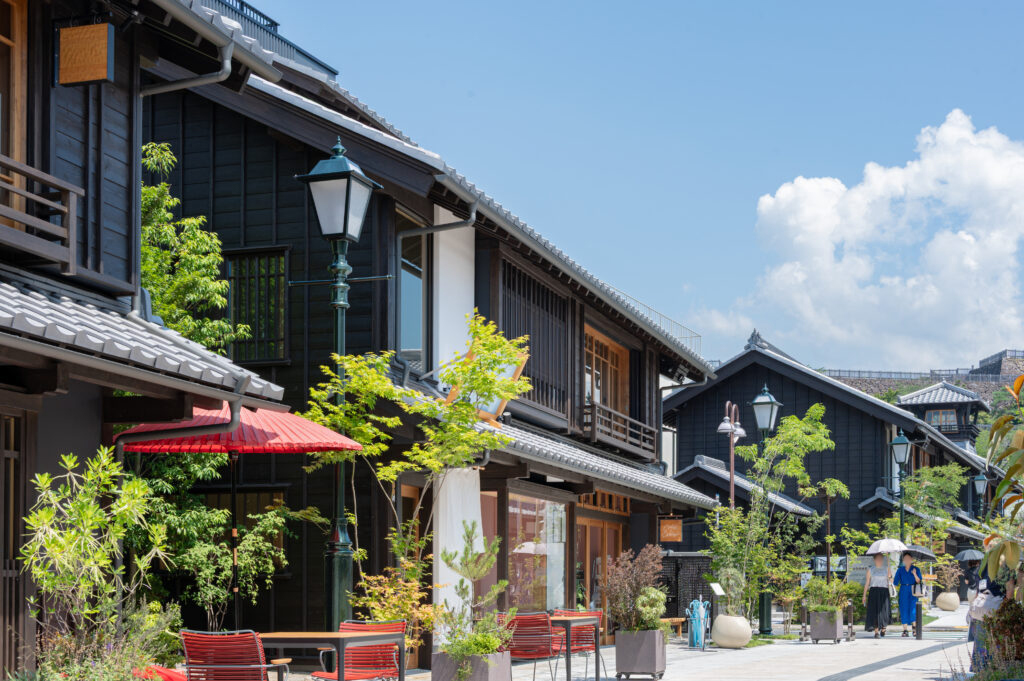
Tips for enjoying Kofu eel to the fullest
If you’re planning on enjoying eel in Kofu, there are a few things you should know to make your experience even more enjoyable. From choosing a restaurant to how to eat eel, be sure to use this information to ensure a memorable eel experience on your trip.
- Consider making a reservation in advance.
Popular restaurants can get crowded, especially on weekends and holidays. To ensure a smooth dining experience, we recommend making a reservation in advance. - Comparing the taste of shirayaki and kabayakiIn
addition to kabayaki, which is seasoned with sauce, be sure to try shirayaki, which allows you to simply enjoy the natural flavor of the eel.Shirayaki, served with wasabi soy sauce or salt, is a luxurious dish that allows you to directly experience the quality of the eel. - Pairing with local sake or wine
Yamanashi is also a producer of sake and wine, so we recommend finding a local drink that pairs well with eel fat and enjoying the pairing. - Eel is delicious all year round
, but the fat content and firmness of the meat varies depending on the season. One way to enjoy eel is to experience the different flavors of eel at different times of the year.
summary
Kofu’s eels have a long history dating back to the Edo period, and are a beloved speciality made with the finest eels raised in the city’s abundant water resources, a secret sauce passed down through generations, and the skilled techniques of artisans. The existence of Harayama Shrine, which enshrines eels rare across the country, also conveys the deep connection between Kofu and eels. Kofu eels are loved by many people for their taste, which is imbued with history and culture. When you visit Kofu, be sure to try this traditional eel and spend a time full of smiles.

